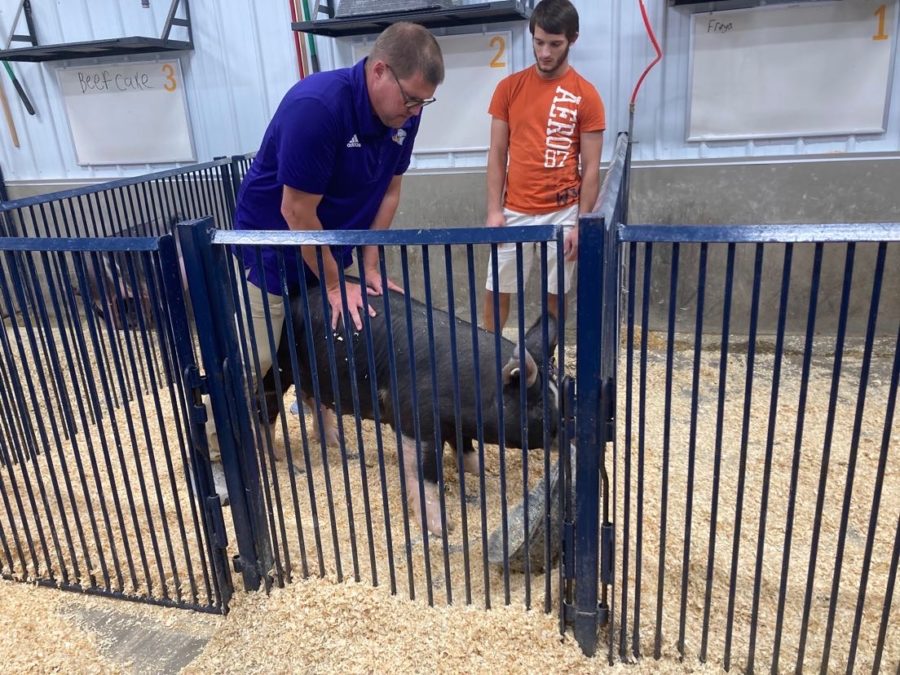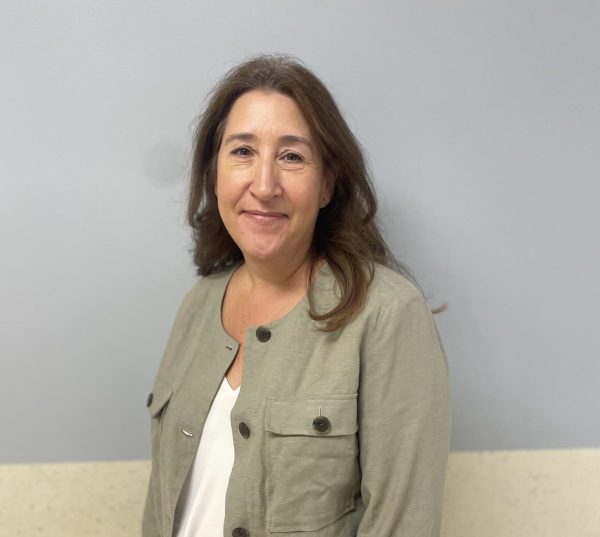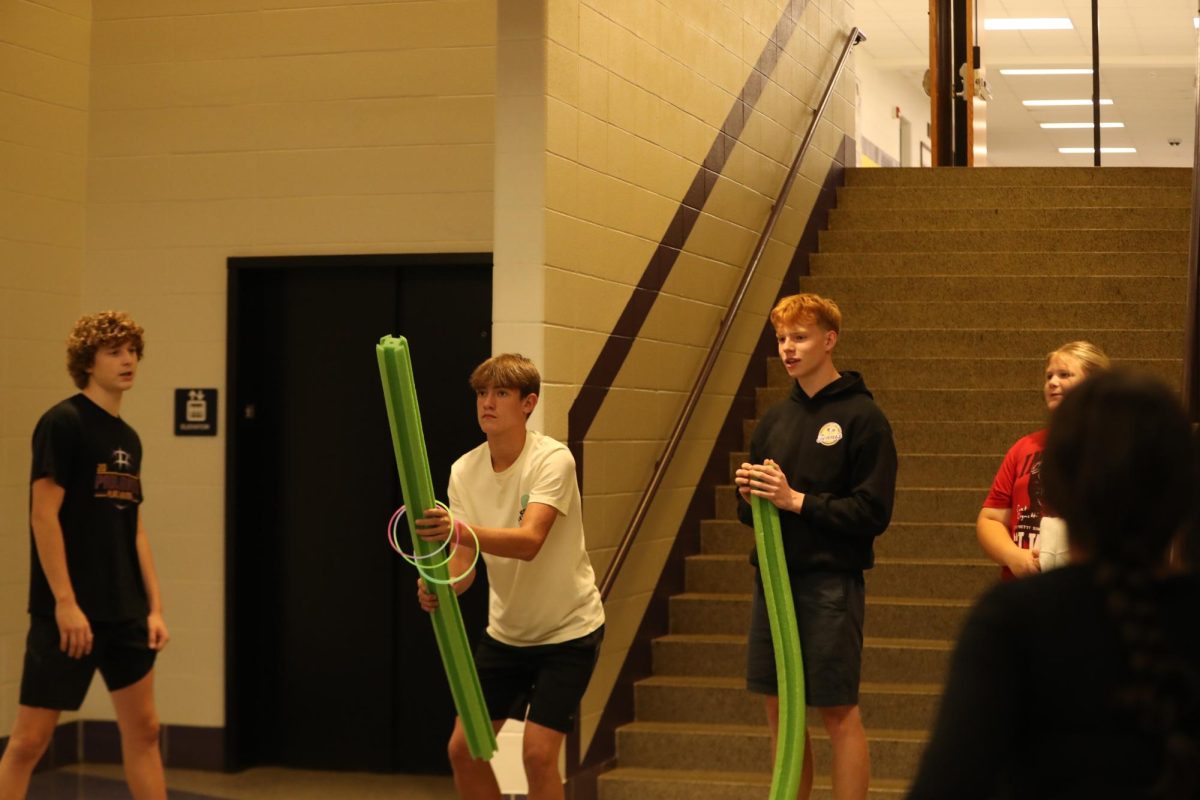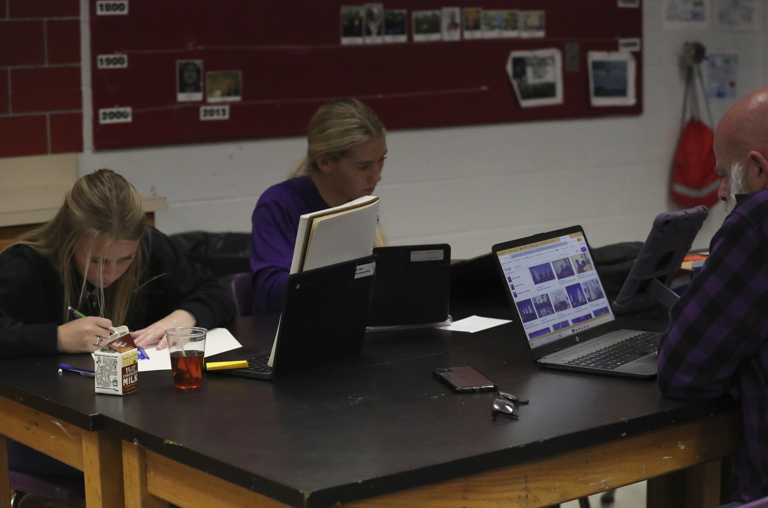Barn Fills Up With New Pigs
The Ag department is getting ready for a new year of breeding
Senior Connor Evans watches as Mr. Scott demonstrates how to handle the pigs.
September 1, 2022
As the new school year began, a fresh set of pigs came into the barn at PHS. There are currently six pigs in the barn — all of them new to the barn.
The Ag department has a mix of many different breeds among the six pigs: berkshire, yorkshire, hampshire, tamworth, duroc, and crossbred. This year, they are mostly purebreds, with only a few crossbreds. This will make for a great turnout come time for the sale.
Along with the pigs that they are observing in person, there are six pigs the students are tracking from outside of the barn. Sophomore Keeley Scott has three of the off-campus pigs, and seventh grader Lucas Carmickle has the other three.
“I am very excited to have the girls (pigs) we have in our program this year. This is without a doubt the highest quality group we have ever had. We also have more variety than we have ever had. We have 12 females this year and half of them are purebreds,” said Ag Teacher Cory Scott.
Scott has brought a pig in each year since the program has started.
At the moment, there are two of Keeley Scott’s pigs in the barn, Clancy, a duroc, and JV, a crossbred. However, there will be a swap occurring soon, and Clancy will be going back to the Scott residence. Replacing Clancy is sophomore Haylie Gilliatt’s pig, which is a Hampshire Gilt.
“It’s really exciting because you get to experience so much about the pigs and actually interact with them,” said sophomore Chloe Smith.
This is Smith’s first year raising pigs. Her favorite part about raising pigs is all of the hands-on work she is able to put into them.
The next step for the Paoli pig program is the breeding process. At the school, the students will learn how to artificially inseminate the pigs, and may even get to see Cory Scott perform the procedure. Once they are bred, students wait for their due dates, which will be late December to early January.










